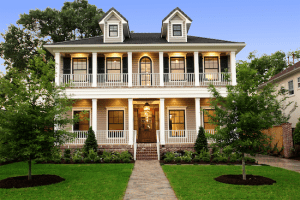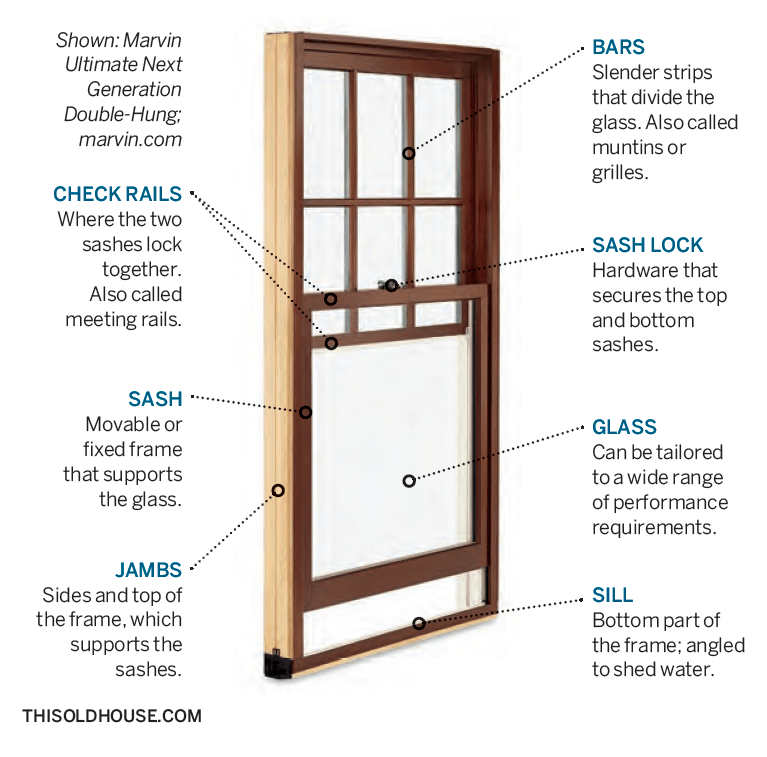 When replacing the windows in your home you may encounter windows that feature something called “low-e” glass. What is “low-e” glass? And how does it make your new windows exponentially better?
When replacing the windows in your home you may encounter windows that feature something called “low-e” glass. What is “low-e” glass? And how does it make your new windows exponentially better?
Introduced in 1979, low-e glass is actually coated with a microscopically thin metal layer that you can see through, but still reflects or absorbs heat energy. The “e” stands for emissivity, which is the relative ability of a surface to emit energy. The thickness of the coating and the inclusion of inert gas (like argon) in the window glass itself dictate how well low-e glass will do the job of reflecting energy and reducing energy transfer.
The sunlight striking your windows actually contains three types of light:
-Visible light is what you can see and provides natural illumination
-Ultraviolet light is invisible, but is what causes your drapes, carpet and upholstered furniture to fade if exposed over a period of time
-Infrared light is actually heat energy from sunlight
A low-e coating on your window glass allows visible light to pass through from the outside but reflects a significant percentage of ultraviolet and infrared light waves. At the same time, the coating prevents heated air from inside your home from escaping to the outside. The result is that your home remains warm, with a temperature that is easier and less expensive to regulate, all winter long.
The reverse happens when the temperatures rise during the summer months. Now the low-e coating works hard to reflect the blazing heat of the sun, while keeping cool, conditioned air inside your home. So you stay cooler and more comfortable.
PPG, one of the country’s leading glassmakers, likens the performance of low-e coated glass to a thermos. A thermos has a silver lining, which reflects the temperature of the drink it contains back in. The temperature is maintained because of the constant reflection that occurs, as well as the insulating benefits that the air space provides between the inner and outer shells of the thermos, which is similar to an insulating glass unit. Since Low-E glass is comprised of extremely thin layers of silver or other low emissivity materials, the same theory applies. The silver low-e coating reflects the interior temperatures back inside, keeping the room warm or cold.
Why is this important to you?
When IR light enters your home, it heats up whatever it touches. Low-e glass reflects this energy, keeping you home cool in the hot summer months. During the colder winter months, when your home heating system is working to keep your family warm, the situation reverses. The low-e glass keeps heat from escaping to the outside by bouncing the heat energy back into your home instead of letting it radiate out like your old, drafty windows.
The heat reflecting properties of “low-e” glass will help keep your energy costs down year ‘round, making them a smart, economical choice when replacing the windows in your home. Amazing Exteriors can install highly effective, yet affordable, low-e replacement windows in your home so you can start saving you money today.
Contact Amazing Exteriors for the Best Window Replacement!
Find out more about your window replacement options by calling us at (817) 756-4004 to get a free replacement window estimate.















